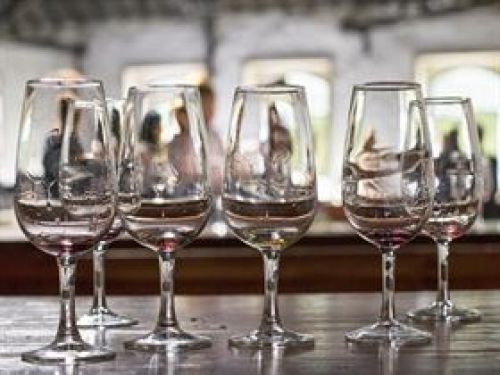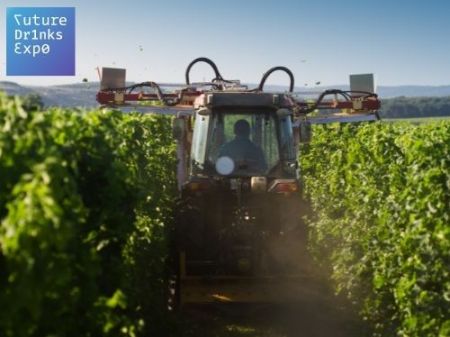Sommeliers Choice Awards 2023 Winners
Rueda Spanish white wine a mouthful of summer in depths of winter
Rueda is in northwestern Spain in the larger Castile and Leon region, occupying the high plains northwest of Madrid

And now for some affordable, refreshing white wines from Spain. That's a pleasant group of words, isn't it? I'm thinking of the wines from the Rueda region in this case - wines based on the verdejo grape variety that can ably offer an alternative to those looking for a break from their default order of pinot grigio or sauvignon blanc. To qualify "affordable," consider that it is pretty easy to find a good Rueda verdejo that doesn't even venture into the teens, pricewise. In other words, there is really no reason not to try this wine.
It is a medium-sized region, compared with others in Spain, concentrated mostly around the town of Rueda, just south of the city of Valladolid. Directly to the west of Rueda is the Toro wine region, known for its tempranillo-based reds. Likewise, to the east, the Ribera del Duero region is renowned for its tempranillos. All three regions are linked, like grape bunches hanging from a vine, by the Duero River. The waterway cuts through the very northern edge of Rueda as it makes its way west to Portugal (where its name changes to Douro) and eventually spills out into the Atlantic Ocean.
Although reds are made in Rueda - just as in those neighboring regions known for them -Rueda has a reputation of being one of Spain's best white-wine regions, producing dry, medium-bodied blends and varietals. (For the record, Rueda winemakers also produce rosés and sparkling wines.)
Sauvignon blanc, viura and palomino fino are allowed in Rueda whites, but the undisputed star of the region is the aforementioned verdejo. It is an aromatic grape and can offer notes of citrus, stone fruits and tropical fruits, herbs, anise, a floral essence, almonds and even a touch of bitterness. Rueda verdejos are rarely fermented or aged in oak, giving them a refreshing quality that lends itself to being both a fine aperitif and a worthy companion to appetizers, salads, pasta, shellfish, sushi and white meats.
While the verdejo grape variety has a centuries-old history in the Rueda region and is believed to hail from there - it was only in the 1970s, when the area went through a winemaking transformation, that the grape came to define the area's hallmark white-wine style. And then, in 1980 an official Rueda D.O. was established. There are several styles of wines within the Rueda appellation, and for a white wine to be classified as "Rueda" it must contain at least 50 percent verdejo. To be classified as "Rueda Verdejo," it must be made of at least 85 percent verdejo, though many Rueda Verdejo wines are 100 percent varietals.
Read more at source: Chicago Tribune







